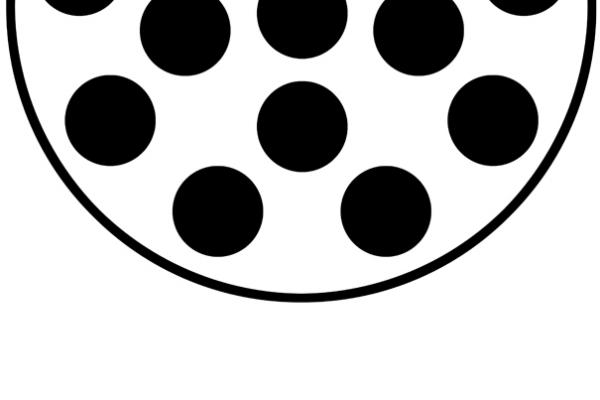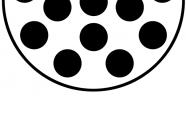Technological innovation at the service of health

Technological innovation at the service of health
Improving the quality of life of people with reduced mobility is a challenge of today's society. This affectation of mobility can be given by very different causes. For example, spinal cord injury, stroke (stroke), childhood cerebral palsy, or multiple sclerosis, among others. These pathologies lead to a significant loss of independence, and have a high risk of developing other secondary illnesses that can be dangerous to health. All this involves high costs for both the person and his family, as well as for society as a whole.
Currently, treatments for the rehabilitation of these patients are based on subjective observations based on the experience of health professionals. This paper presents how the computer simulation and analysis of human movement can be used to design custom robotic therapy treatments and devices.
In particular, there are three projects currently being developed by the Biomechanical Engineering Research Group (BIOMEC) of the UPC. The first objective is the design of a robotic exoskeleton of the lower limb to assist the progression of spinal cord injuries that are displaced in a wheelchair. The second analyzes the progress of children who have suffered stroke and use an auditory feedback device to improve their rehabilitation. Finally, a project is presented that consists of comparing the movement captured in the laboratory of patients operated with two surgical techniques different from total hip arthroplasty (hip prosthesis).

